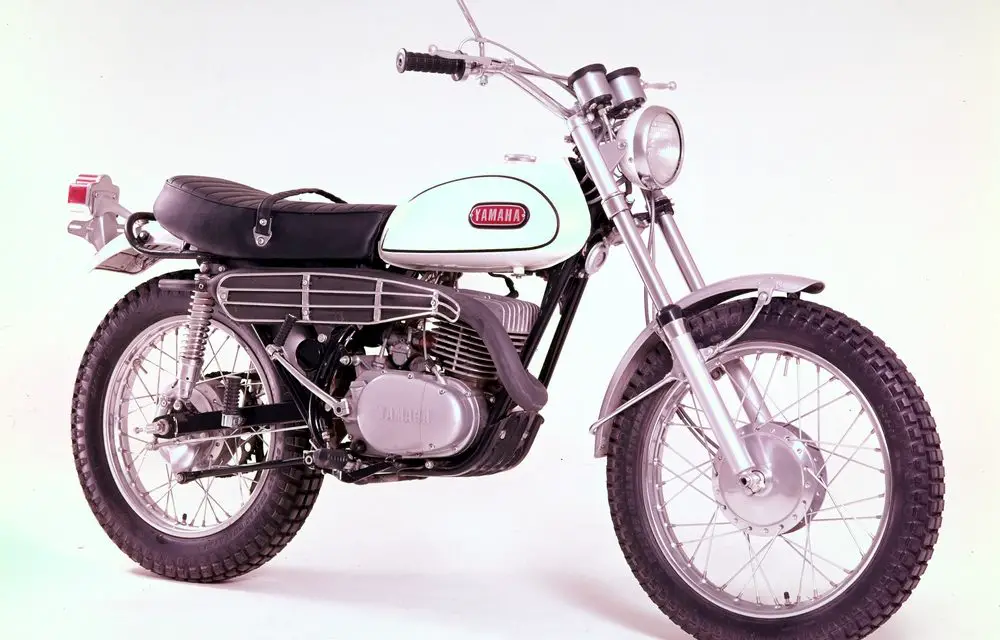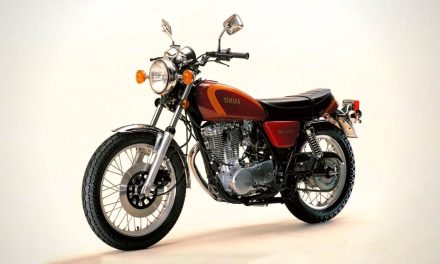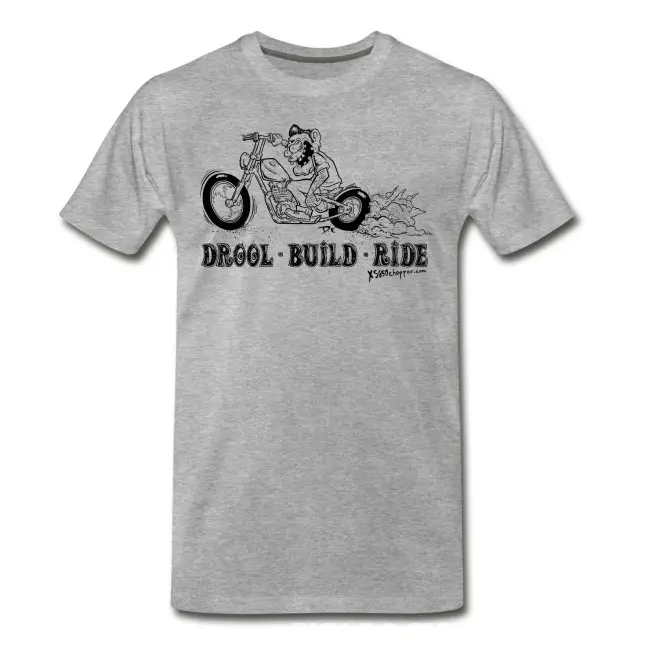The world of off-road motorcycling saw a revolutionary shift in the late 1960s, a time when the thrill of dirt and grit was becoming an obsession for riders across the globe. At the heart of this revolution was a machine that redefined what it meant to ride off the beaten path: the Yamaha DT1.
This dirtbike wasn’t just another model on the market; it was a game-changer that reshaped the landscape of off-road riding. In this article, we’ll explore 7 ways the Yamaha DT1 altered the world of motorcycling forever. But before we dive into these transformative aspects, let’s acknowledge the source that inspired this deep dive:
1. The Birth of the Modern Dual-Sport Motorcycle
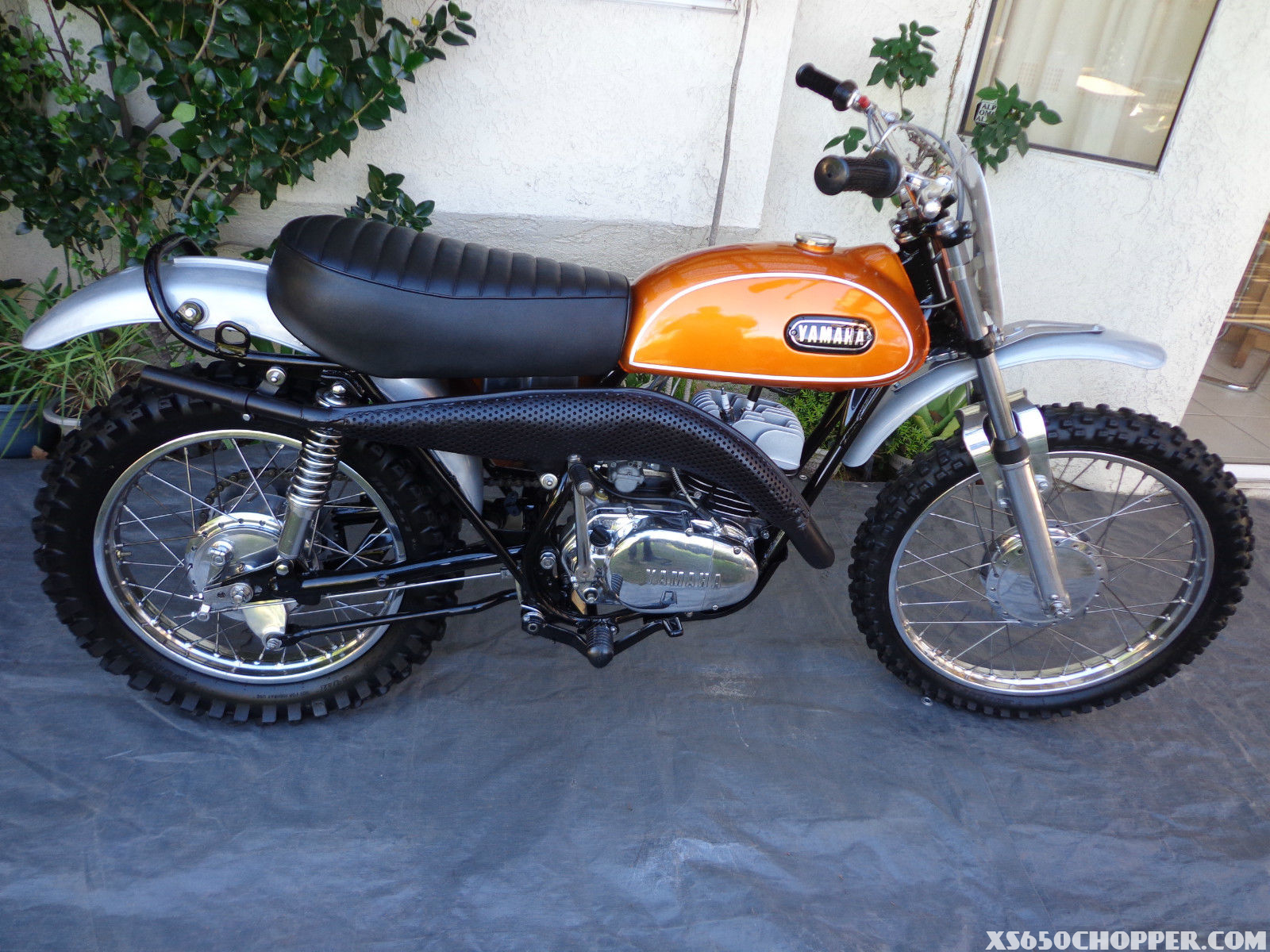
Before the Yamaha DT1, riders had to choose between a street bike and an off-road motorcycle, with very few options in between. The DT1 changed the game by offering a motorcycle that was both capable on the trails and legal for road use. This concept of a dual-sport motorcycle was revolutionary, allowing riders the freedom to transition from asphalt to dirt without missing a beat.
The DT1’s design was a meticulous blend of performance and versatility. It was engineered to be lightweight, yet robust enough to handle the rigors of off-road riding. The bike’s dual personality catered to the weekday commuter and weekend warrior alike, making it a practical choice for a wider demographic of riders.
2. Japanese Engineering Takes on the Off-Road Challenge
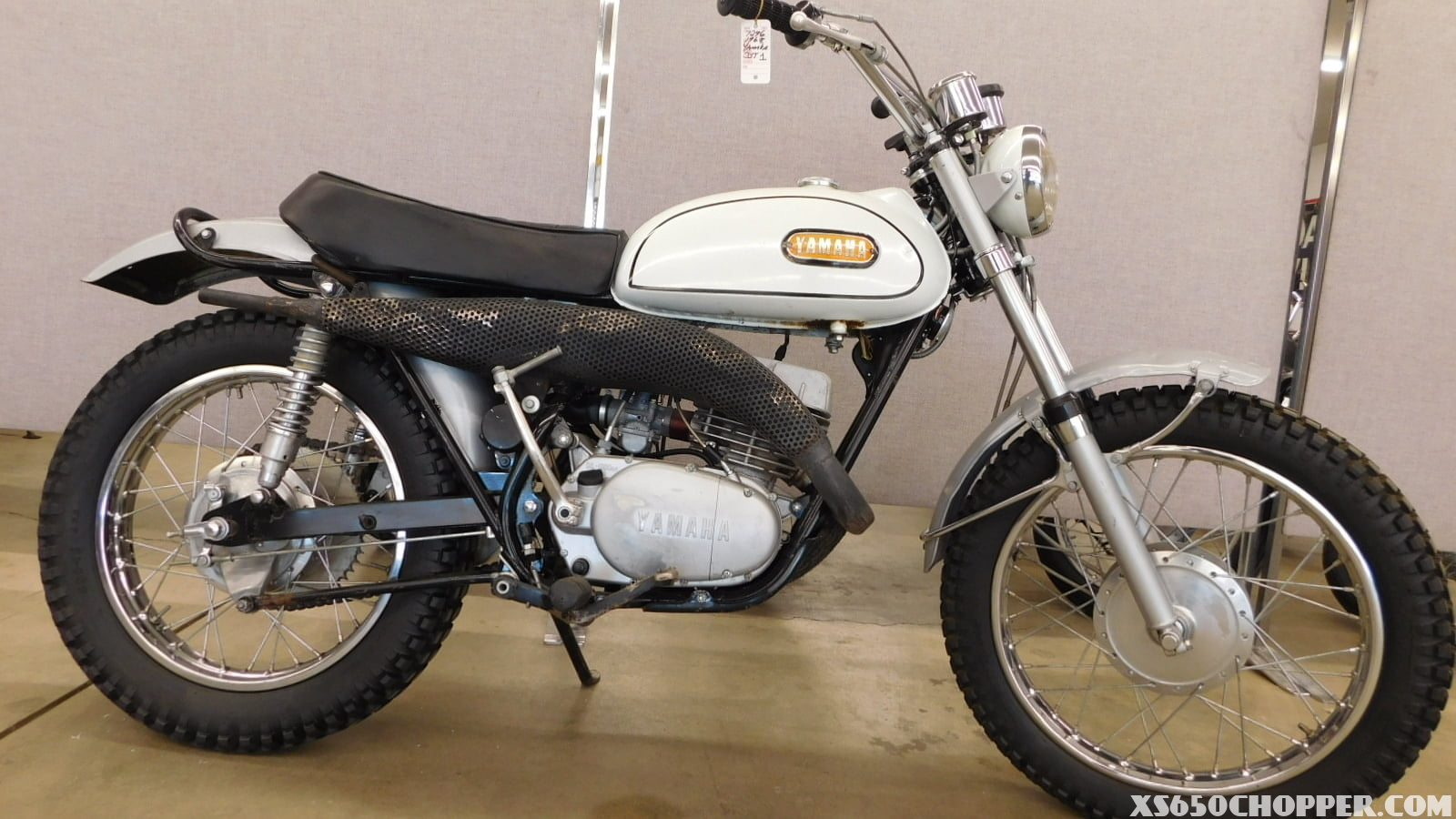
In the 1960s, the off-road segment was still dominated by European manufacturers. Japanese bikes were known for their street performance but had yet to make a significant mark on the dirt. The DT1 was Yamaha’s answer to this challenge, showcasing that Japanese engineering could produce a motorcycle that excelled in off-road conditions.
Yamaha’s approach to the DT1 was methodical and innovative. They took lessons learned from their factory motocross race bike, the YX26, and applied them to create a bike that was not only competitive but also reliable. This move signaled a shift in the industry, proving that Japanese motorcycles could stand toe-to-toe with their European counterparts in the off-road arena.
3. The DT1’s Influence on Motorcycle Design

The Yamaha DT1 wasn’t just a functional masterpiece; it was also a design marvel. Its styling was simple yet purposeful, with a focus on what mattered most for off-road performance. The bike’s large high pipe, sleek chassis, and overall proportions spoke to its ability to tackle nearly any terrain.
Design elements like the piston port induction and the Auto Lube system for oil and gas mixing were not only practical but also set a new standard for motorcycle design. These innovations made the DT1 easier to maintain and more rider-friendly, influencing how future motorcycles would be built.
4. Affordability Meets High-End Performance

One of the most significant impacts of the DT1 was how it brought high-end performance to a more affordable price point. Prior to its arrival, top-tier off-road bikes were often expensive and temperamental. The DT1 offered a reliable and competitive option that was within reach for the average rider.
The combination of affordability and performance opened up off-road riding to a broader audience. It was no longer a sport reserved for those with deep pockets or access to specialized machines. The DT1 democratized off-road riding, contributing to its surge in popularity.
5. The Customization Phenomenon

The DT1’s design was not only effective out of the box but also lent itself to customization. Riders and aftermarket companies quickly realized the potential of the DT1 as a platform for modification. From engine kits that increased displacement and power to aesthetic changes that personalized the bike, the DT1 was a canvas for creativity.
This customization culture around the DT1 played a significant role in the development of the motorcycle aftermarket industry. It encouraged manufacturers to create a wide range of accessories and performance parts, giving riders the ability to tailor their bikes to their specific needs and preferences.
6. Racing Success and Legacy
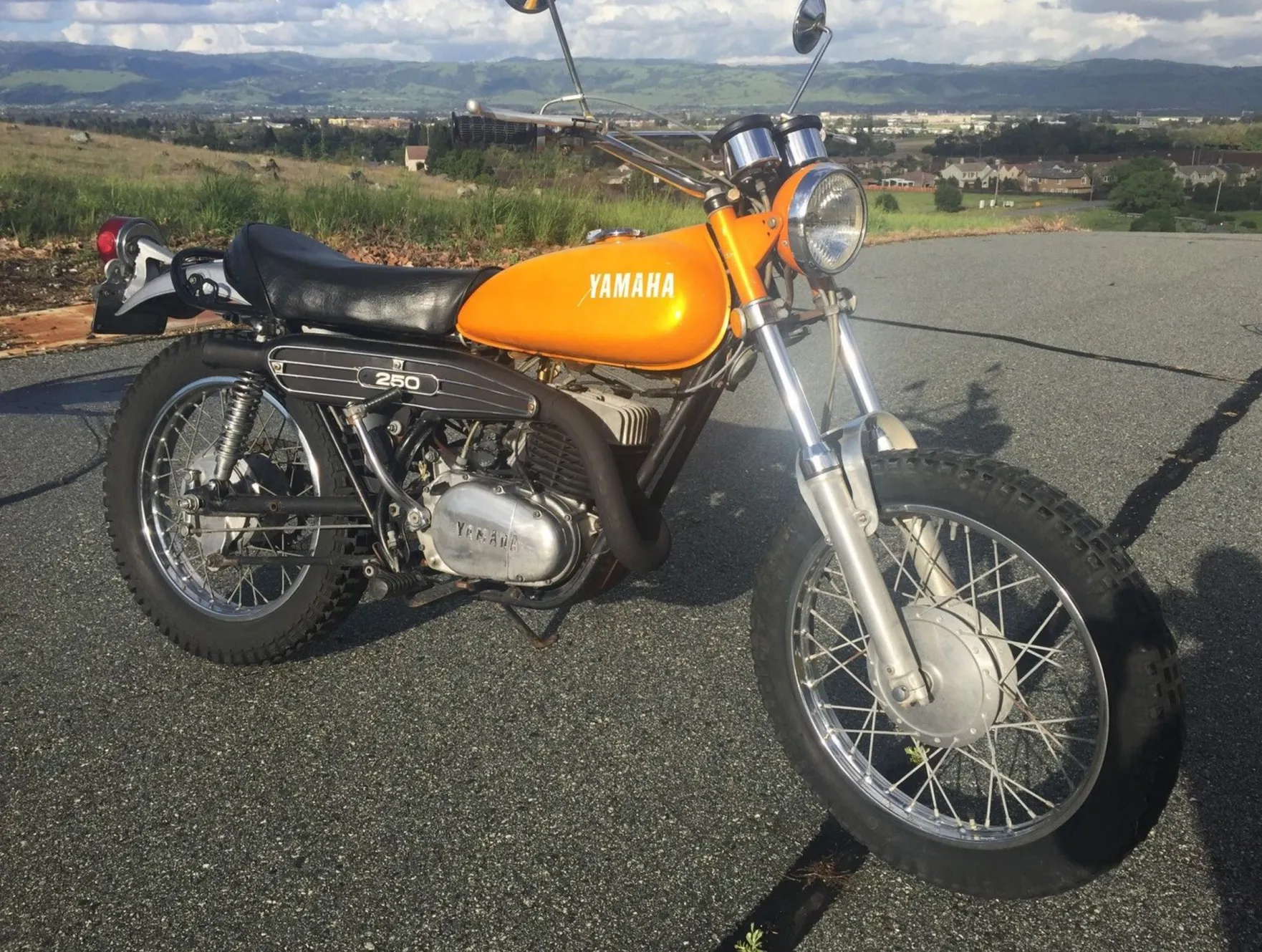
The DT1’s impact wasn’t limited to recreational riding; it also made waves in the competitive arena. With modifications, the DT1 proved to be a formidable racing machine, holding its own against purpose-built factory bikes. Its success on the track validated its design and inspired confidence in riders across the globe.
The legacy of the DT1 in racing helped to cement Yamaha’s reputation as a manufacturer of capable off-road motorcycles. It laid the groundwork for future models and technological advancements that would continue to shape the world of motocross and off-road racing for years to come.
7. Predicting and Shaping the Future of Motorcycling
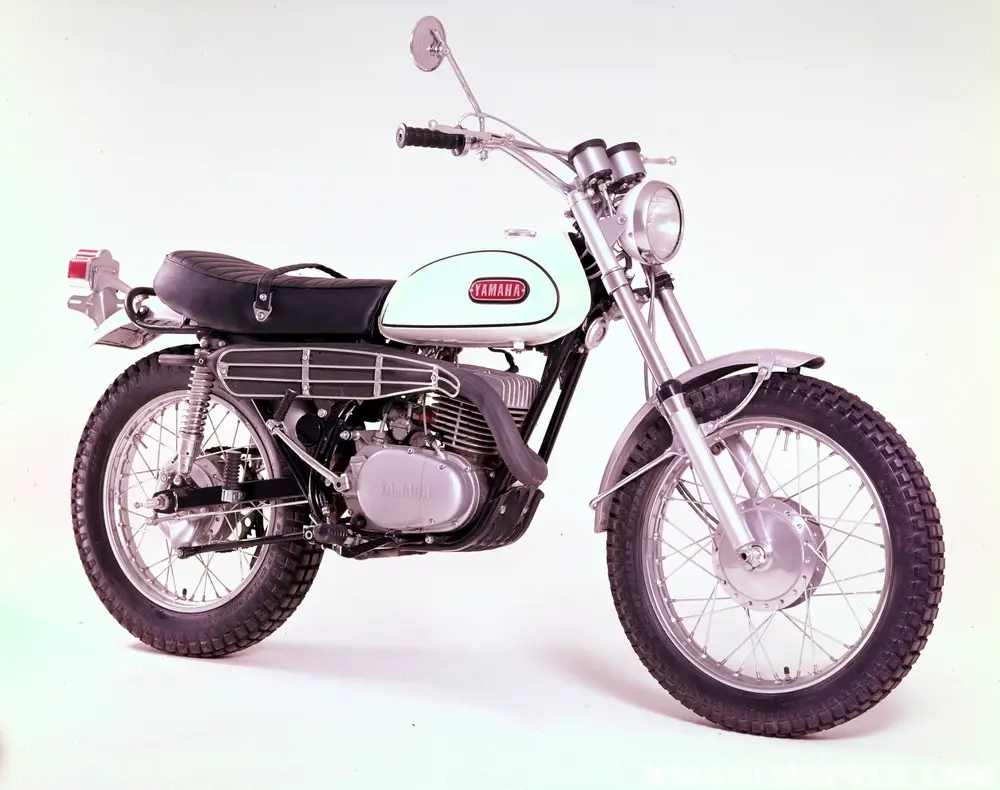
Perhaps the most profound impact of the Yamaha DT1 was its foresight. Yamaha USA’s vision of a versatile off-road motorcycle that could also handle street riding anticipated the future needs of riders. The DT1 was not just a response to market demands; it was a bold prediction that set the course for the future of motorcycling.
The DT1’s success proved that there was a substantial market for dual-purpose motorcycles, influencing the industry’s direction. It showed that riders valued versatility and that a well-designed motorcycle could meet a variety of needs. The DT1’s influence is still felt today as manufacturers continue to explore the balance between on-road comfort and off-road capability.
In conclusion, the Yamaha DT1 was more than just a motorcycle; it was a visionary creation that reshaped the motorcycling world. Its legacy continues to influence the design, performance, and perception of what a dirtbike can be. As we look back on the trails carved by the DT1, we can appreciate how it truly changed everything.

